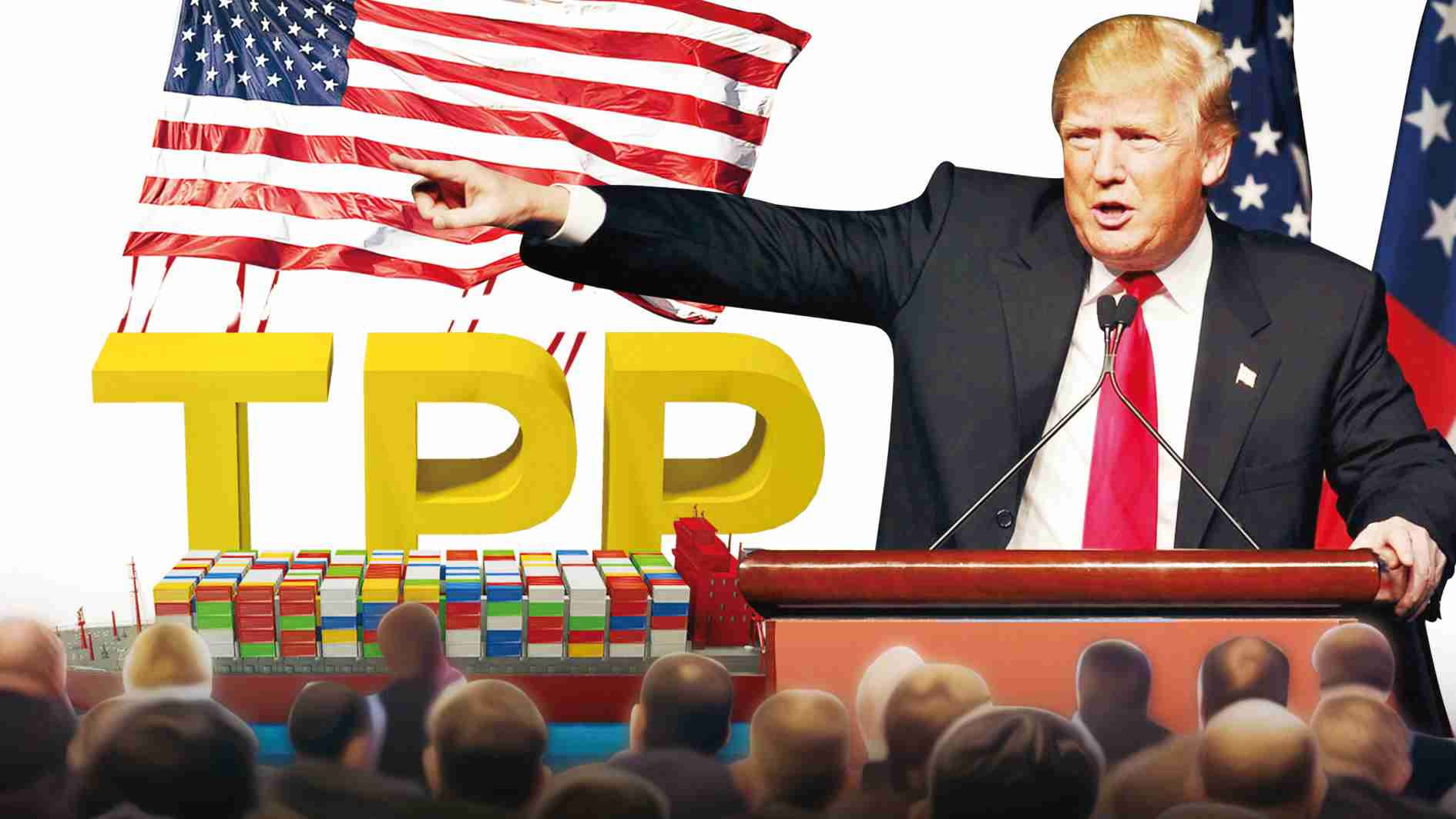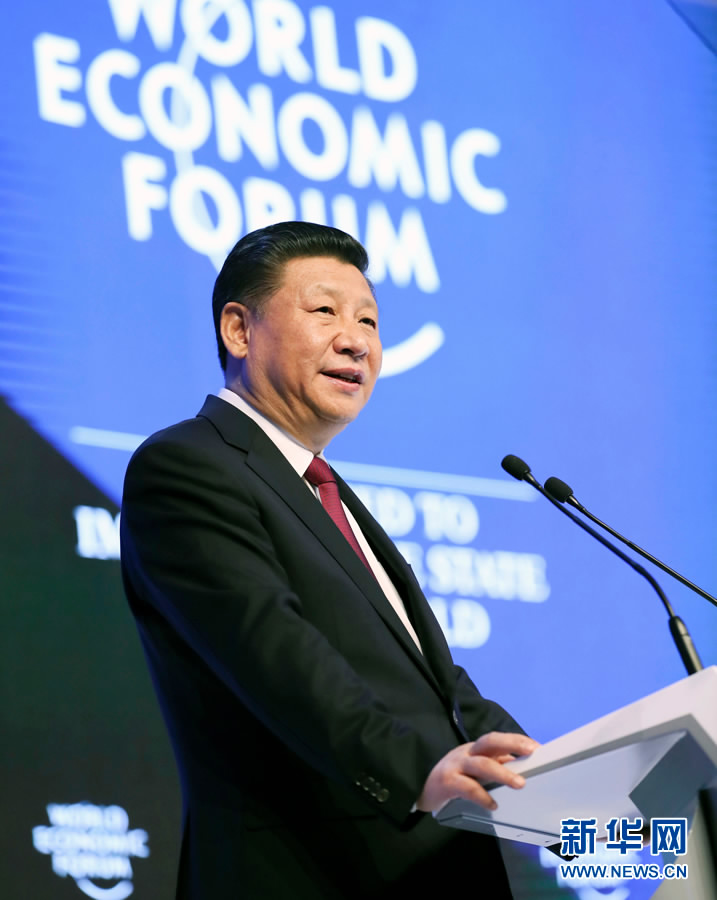
Politics
18:53, 24-Jan-2017
Trump withdraws from TPP: What’s next for the trade pact?
Updated
10:37, 28-Jun-2018

Guest commentary by Patrick Musgrave
President Donald Trump on Monday formally withdrew the US from the Trans-Pacific Partnership (TPP), a (formerly) 12-nation trade agreement spearheaded by the Obama administration. The move was not unexpected. On the campaign trail, Trump railed against trade agreements and their effects on the American working class, repeatedly vowing to withdraw from the TPP and renegotiate the North American Free Trade Agreement (NAFTA).
In a June speech, for example, he made his trade protectionism quite clear in his characteristically unexpurgated style: "Hillary Clinton unleashed a trade war against the American worker when she supported one terrible trade deal after another – from NAFTA to China to South Korea," he said, according to a Time magazine transcript of the speech. "This wave of globalization has wiped out totally, totally, our middle class."

US President Donald Trump shows off an executive order to withdraw the US from the TPP trade pact, January 23, 2017, in the Oval Office of the White House in Washington, DC. /CFP Photo
US President Donald Trump shows off an executive order to withdraw the US from the TPP trade pact, January 23, 2017, in the Oval Office of the White House in Washington, DC. /CFP Photo
Expected or not, the 11 other nations watched with trepidation as he assumed office and swiftly made good on his word. Australian Prime Minister Malcolm Turnbull acknowledged that "losing the United States from the TPP is a big loss, there is no question about that," according to Reuters, but told reporters gathered in the Australian capital Canberra that his country was not about to abandon the agreement despite the setback. "Certainly there is potential for China to join the TPP," he said.
Other members echo this spirit of perseverance. Malaysia's Second Trade Minister Ong Ka Chuan confirmed that the TPP's 11 remaining members would meet for a discussion on how to move forward, reported CTV news. "There are many possibilities that these 11 countries can still proceed with," he reportedly said. New Zealand Trade Minister Todd McClay, who spoke with other TPP member states at the recent World Economic Forum in Davos, held a similar sentiment. "The agreement still has value as a FTA (Free Trade Agreement)," McClay told Reuters. But without the US at the helm, would the agreement change considerably from its current form?

US President Donald Trump hosts a breakfast meeting with business leaders in the Roosevelt Room of the White House in Washington, DC on January 23, 2017. /AP Photo
US President Donald Trump hosts a breakfast meeting with business leaders in the Roosevelt Room of the White House in Washington, DC on January 23, 2017. /AP Photo
As it is written now, the TPP only takes effect after it is ratified by six countries that comprise at least 85 percent of the combined GDP of member states. Losing the US (60 percent of combined GDP) is a major roadblock. To bring China on board with the agreement, for example, would necessitate substantial changes and a significant revamp of the deal's current language. Nonetheless, Australian Trade Minister Steven Ciobo told the Australian Broadcasting Corporation on Tuesday that "there would be scope for China if we are able to reformulate [the agreement]," Reuters reported.
The prospect of China joining the pact is indeed scintillating. Originally negotiated by the Obama administration somewhat as a counterbalance to China's economic hegemony in the Asia Pacific, the hope of at least some members now that China would join the pact is a strong signal of the Middle Kingdom's rise as a centripetal economic leader in the region and globally.
As geopolitical upheaval continues around the world – from Brexit to the rise of populist protectionism in America – China is assuming the political leadership concomitant with its ascendant economy. For example, China for the first time this year attended Davos, with President Xi Jinping reassuring the world that Beijing was indeed ready to assume newfound responsibility amid a fracturing global economic structure.

Chinese President Xi Jinping delivers a keynote speech at the opening plenary of the 2017 annual meeting of the World Economic Forum in Davos, Switzerland, January 17, 2017. /Xinhua Photo
Chinese President Xi Jinping delivers a keynote speech at the opening plenary of the 2017 annual meeting of the World Economic Forum in Davos, Switzerland, January 17, 2017. /Xinhua Photo
The wealth of economic evidence is in favor of reduced barriers to trade, and China may be keen to seize the leadership void left by America's withdrawal, even as it pushes its formerly-favored Regional Comprehensive Economic Partnership (RCEP) deal.
The Office of the United States Trade Representative, for example, despite TPP being now formally withdrawn from, still proclaims the TPP a "high-standard, ambitious, comprehensive, and balanced agreement that will promote economic growth; support the creation and retention of jobs; enhance innovation, productivity and competitiveness; raise living standards; reduce poverty in our countries; and promote transparency, good governance, and enhanced labor and environmental protections."
Moreover, thorough economic analyses by institutions such as the World Bank and Peterson Institute for International Economics found the TPP would have brought net positive gains for all countries involved. If a strong leader emerges to continue the charge for economic globalization, these across-the-board benefits might just be salvaged.
(Patrick Musgrave is an independent journalist based in Beijing. He worked as Senior Technical Editor and Content Manager with CSOFT International. He has a background in economics, IT, and Chinese business. The article reflects the author's opinion, not necessarily the view of CGTN.)

SITEMAP
Copyright © 2018 CGTN. Beijing ICP prepared NO.16065310-3
Copyright © 2018 CGTN. Beijing ICP prepared NO.16065310-3